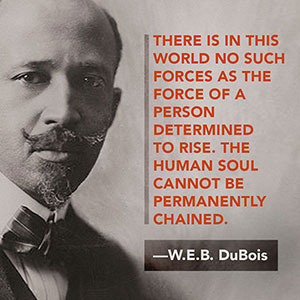 In The Life Fantastic, Pietro Jones is inspired by the writing of W.E.B. DuBois. From the PBS show, “The Rise and Fall of Jim Crow,” DuBois is described in this way:
In The Life Fantastic, Pietro Jones is inspired by the writing of W.E.B. DuBois. From the PBS show, “The Rise and Fall of Jim Crow,” DuBois is described in this way:
W.E.B. DuBois, 1868-1963
For many young African Americans in the period from 1910 through the 1930s, Du Bois was the voice of the black community. He attacked Woodrow Wilson when the president allowed his cabinet members to segregate the federal government. He continued to fight against the demand by many whites that black education be primarily industrial and that black students in the South learn to accept white supremacy. Du Bois emphasized the necessity for higher education in order to develop the leadership capacity among the most able 10 percent of black Americans, whom he dubbed “The Talented Tenth.”
Du Bois was a co-founder of the Niagara Movement, which addressed inequality, and the NAACP, which is still active today.
This “mini biography” from Biography.com elucidates several of the remarkable accomplishments from DuBois’ life.
[post_footer_TLF]

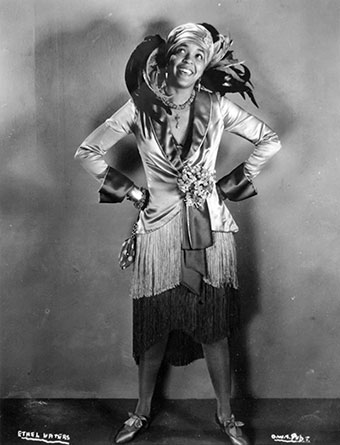
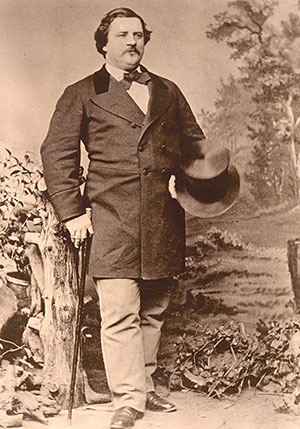
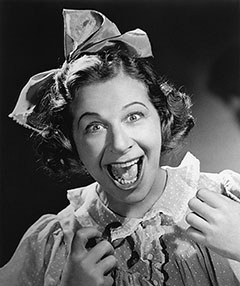 A truly fascinating woman, Fania Borach, whom we know as Fanny Brice, worked hard to turn her talents into stardom. Born in 1891, she performed on the burlesque stage, vaudeville, stage, film, musical revues (nine Ziegfield Follies), and, most famously, radio. She is perhaps best known for her radio character Baby Snooks, but she honed her comedic skills as a vaudeville performer. She was a female comedian in a profession usually reserved for men. You may know her as the woman who inspired the movie Funny Girl. Read about her life on the
A truly fascinating woman, Fania Borach, whom we know as Fanny Brice, worked hard to turn her talents into stardom. Born in 1891, she performed on the burlesque stage, vaudeville, stage, film, musical revues (nine Ziegfield Follies), and, most famously, radio. She is perhaps best known for her radio character Baby Snooks, but she honed her comedic skills as a vaudeville performer. She was a female comedian in a profession usually reserved for men. You may know her as the woman who inspired the movie Funny Girl. Read about her life on the 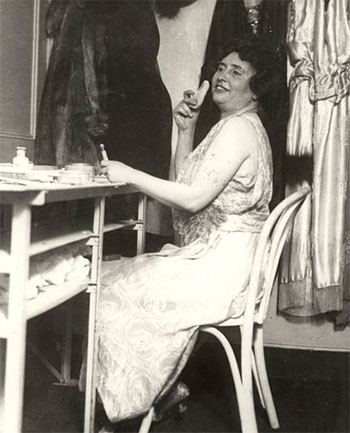
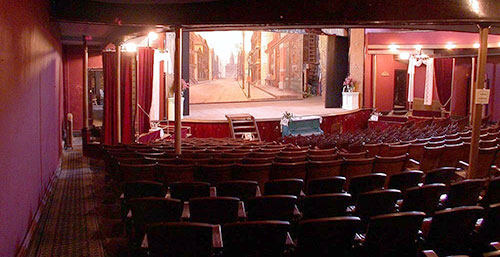
 In The Life Fantastic, Maeve warns Teresa to be careful in her friendship with Pietro, an African American vaudeville performer. She tells Teresa that black men and boys in the South “get lynched if they look at a white girl.” Maeve also shares the story about a civil disturbance in Springfield, Illinois in 1908, where a white woman lied about being raped by an African American. Two black men were arrested, and when they escaped lynching, white residents rioted, causing massive destruction in the black community. The woman’s lie wasn’t discovered until after the riot ended and a number of people were killed. After that, Maeve’s father took part in Ku Klux Klan meetings.
In The Life Fantastic, Maeve warns Teresa to be careful in her friendship with Pietro, an African American vaudeville performer. She tells Teresa that black men and boys in the South “get lynched if they look at a white girl.” Maeve also shares the story about a civil disturbance in Springfield, Illinois in 1908, where a white woman lied about being raped by an African American. Two black men were arrested, and when they escaped lynching, white residents rioted, causing massive destruction in the black community. The woman’s lie wasn’t discovered until after the riot ended and a number of people were killed. After that, Maeve’s father took part in Ku Klux Klan meetings.